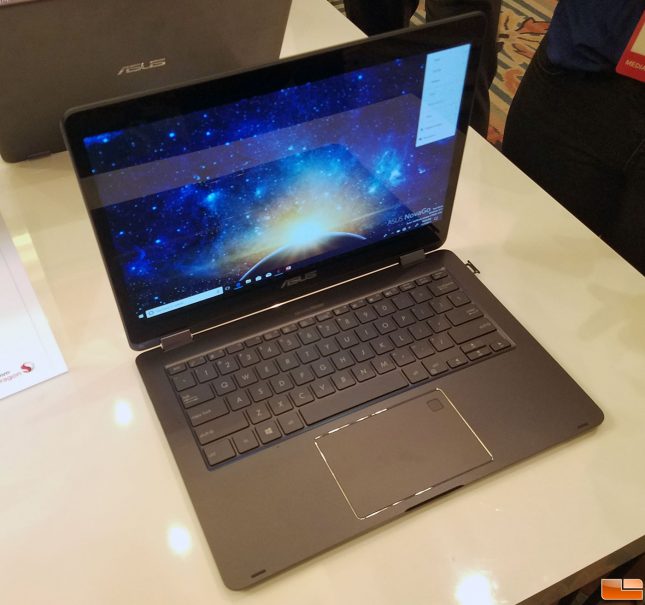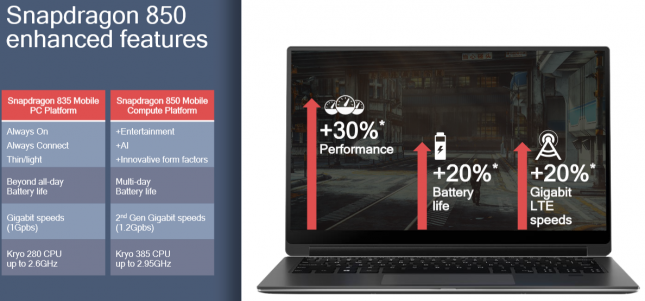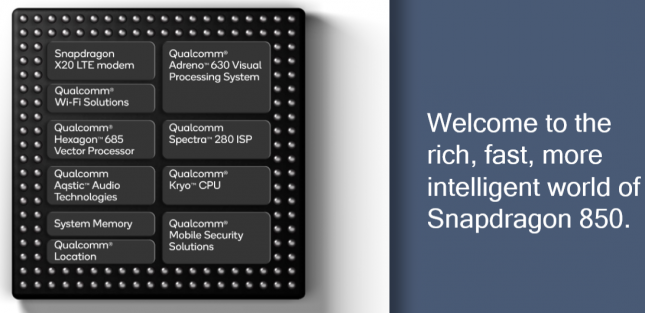Qualcomm Announces Snapdragon 850 For Windows 10 – Always Connected PC Gets Better
Qualcomm announced the ‘Always On, Always Connected’ PC to consumers last year and created a new market niche for Qualcomm Snapdragon powered tablets and notebooks running various versions of Windows 10. These new PCs feature LTE and WiFi connectivity to keep you connected to the internet at all times with all day battery life. The only problem with the first generation devices is that they were using the Qualcom Snapdragon 835 SoC that was originally designed for smartphones and it never felt like Microsoft was fully on-board with much needed optimizations coming many months after the platform was announced. A number of Always On, Always Connected PCs made it to market though and some of the models that come to mind would be the ASUS NovaGo, HP Envy x2 and the Lenovo Miix 630.
Legit Reviews has been asking for a loaner unit of one of these models since we first learned of them, but they aren’t being widely sampled and we’ve yet to get one. From what we have heard from industry sources is that many of the companies that introduced Always On, Always Connected PCs to the market went with just 4GB of RAM and Windows 10 S. Some of the ASUS NovaGo models that are being reviewed right now are the 8GB models and those aren’t even available in the United States. So, it’s clear that many of the partners that brought this platform to market went with cut-down versions to keep the costs down as they were unsure how the platform would sell. From what we’ve seen from using them at shows and from other reviewer is that performance can be sluggish, Windows 10 S is a pain, 64-bit apps won’t work, and you need to get your own LTE SIM card and data plan for the device.
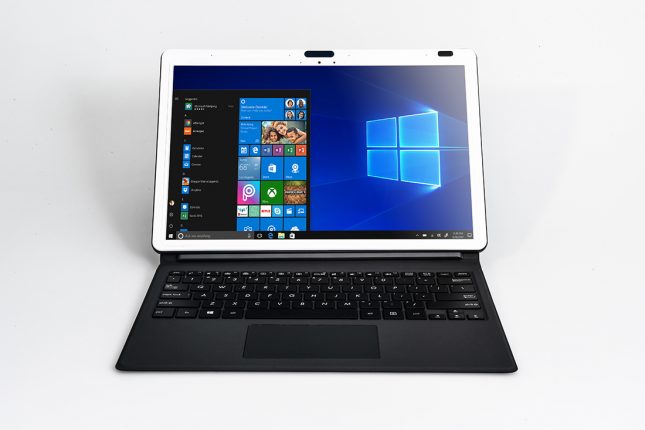
The good news is that Qualcomm is already announcing the second generation of Always Connected PCs and it is not powered by the Snapdragon 845 SoC, but rather the SnapDragon 850 SoC that was announced at Computex 2018 today. The Snapdragon 850 is powered by a 2.95GHz Kryo 385 8-core CPU that is built on the 10nm process and has been further optimized for the PC. Graphics are being handled by the Qualcomm Adreno 630 Visual Processing Unit and a Hexagon 685 DSP is also on-board. Qualcomm is seeing performance boosts of around 30 percent system-wide, up to 3x AI performance, and up to to 20% better battery life and LTE speeds over the previous generation.
The cellular modem has been updated to the Snapdragon X20 LTE, which is capable of up to 1.2 Gbps download speeds and 150 Mbps upload speeds. 802.11ad multi-Gigabit WiFi is also on-board, so between the cellar modem and WiFi support you should be connected at all times as long as you are in a somewhat populated area. Qualcomm also announced at Computex 2018 that Sprint will be offering its customers free unlimited data in 2018 with AutoPay on Qualcomm Snapdragon Always Connected PCs from Asus, HP and Lenovo. This is a good move and will help people adopt the Always Connected PC model. The biggest hurdle for this platform is to educate the average consumer about how this platform is different and more mobile than the ‘old’ laptop that most have used for years.
The bottom line here is that the second generation Always On, Always Connected PC looks much better than the first and now has an SoC designed just for this product. The Snapdragon 850 brings more performance, faster data speeds and hopefully the hardware and software improvements makes for a better Windows 10 experience. Microsoft seems to have finally taking this market serious and just last month announced Visual Studio 15.8 Preview 1 will have an SDK and tools for developers to create 64-bit ARM (ARM64) apps. These tools represents the next step in the evolution of the Always Connected PC running Windows 10 on ARM. Things are really looking up for the Always On, Always Connected PC and we can’t wait to see what the new models will look like. Qualcomm already has ASUS , HP and Lenovo building this PCs and it looks like Samsung will soon be joining that crowd.
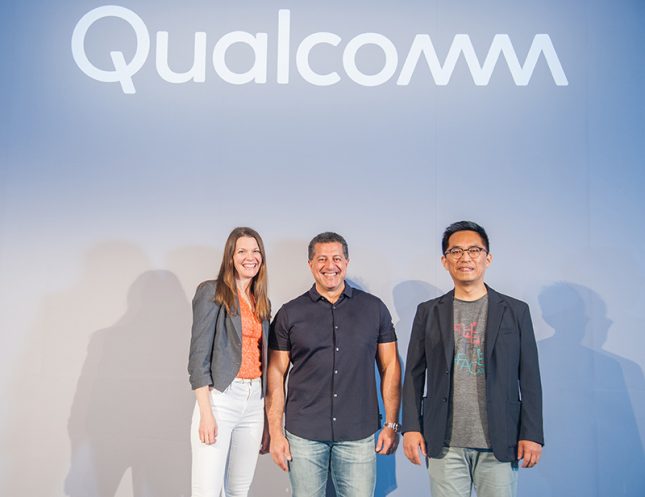
The increasing list of partners bringing Qualcomm’s Snapdragon ARM-based platform to market shows that the momentum is still building! First generation products are always tough to bring to market and Qualcomm is now able to move beyond that critical point.

